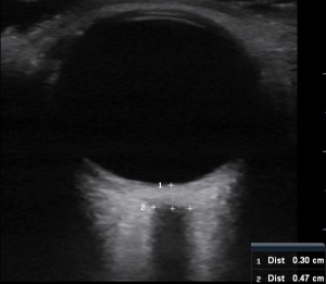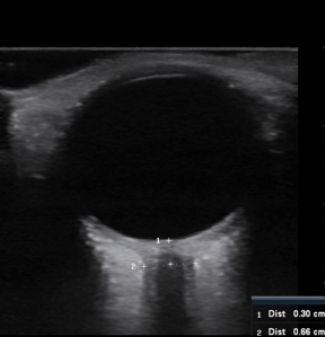Twitter:
Mike Stone @bedsidesono
Matt and Mike @ultrasoundpod
Jacob Avila @UltrasoundMD
Vicky Noble @nobleultrasound
Max and JF @EGLS_JFandMax
Alberto Goffi @GoffiAlberto
Jennifer Cotton @SonoMojo
Laleh Gharahbaghian @SonoSpot
Creagh Boulger @CreaghB
David Bahner @dpbhaner
Jason Fischer @eUSMD
Wilma Chan @Wil_MaChan
NEW Ben Smith @UltrasoundJelly
NEW Michael Pratts @PratsEM
NEW Yale EM Ultrasound @Yale_EUS
NEW Chris Fox @jchristianfox
Associations and Societies:
American Institute for Ultrasound in Medicine (AIUM)
This is a great resource, seriously! If you’re into ultrasound, you should join. Membership gives you access to tons of ultrasound resources, keeps you updated on the latest in the ultrasound community, and gets you connected to the larger ultrasound community. Student memberships are $25 per year. Physician memberships are $295 per year. If you only join one ultrasound society, this is the one to join! The website can be found HERE.
Society for Ultrasound in Medical Education (SUSME)
This is a pretty good resource too (a bit more educator focused). Student memberships are free! Physician memberships are $200 per year. The website can be found HERE.
Other Super Sites to Check Out:
Sonospot – visit HERE
Echo Guided Life Support – visit HERE
Mike Stone’s Vimeo Page – visit HERE
POCUS Toronto – visit HERE
Emergency Ultrasonography – visit HERE
American Academy of Emergency Ultrasound’s Vimeo Page- visit HERE
Sonocloud- visit HERE

